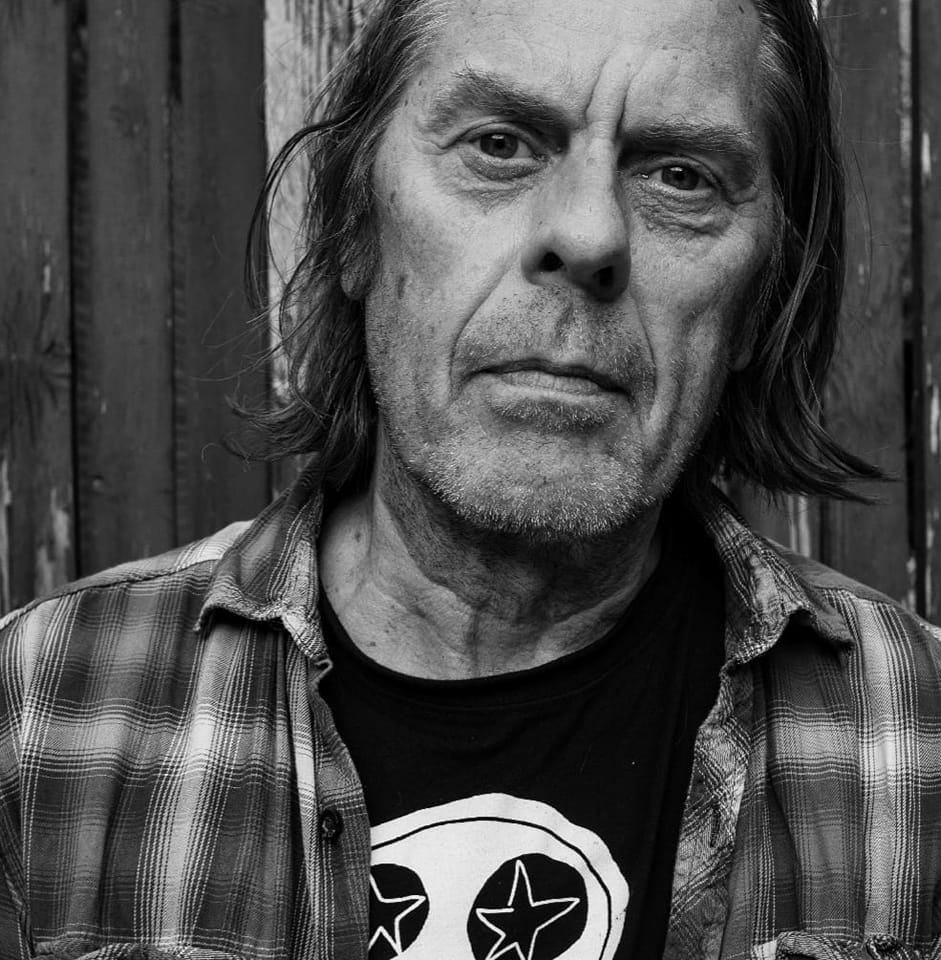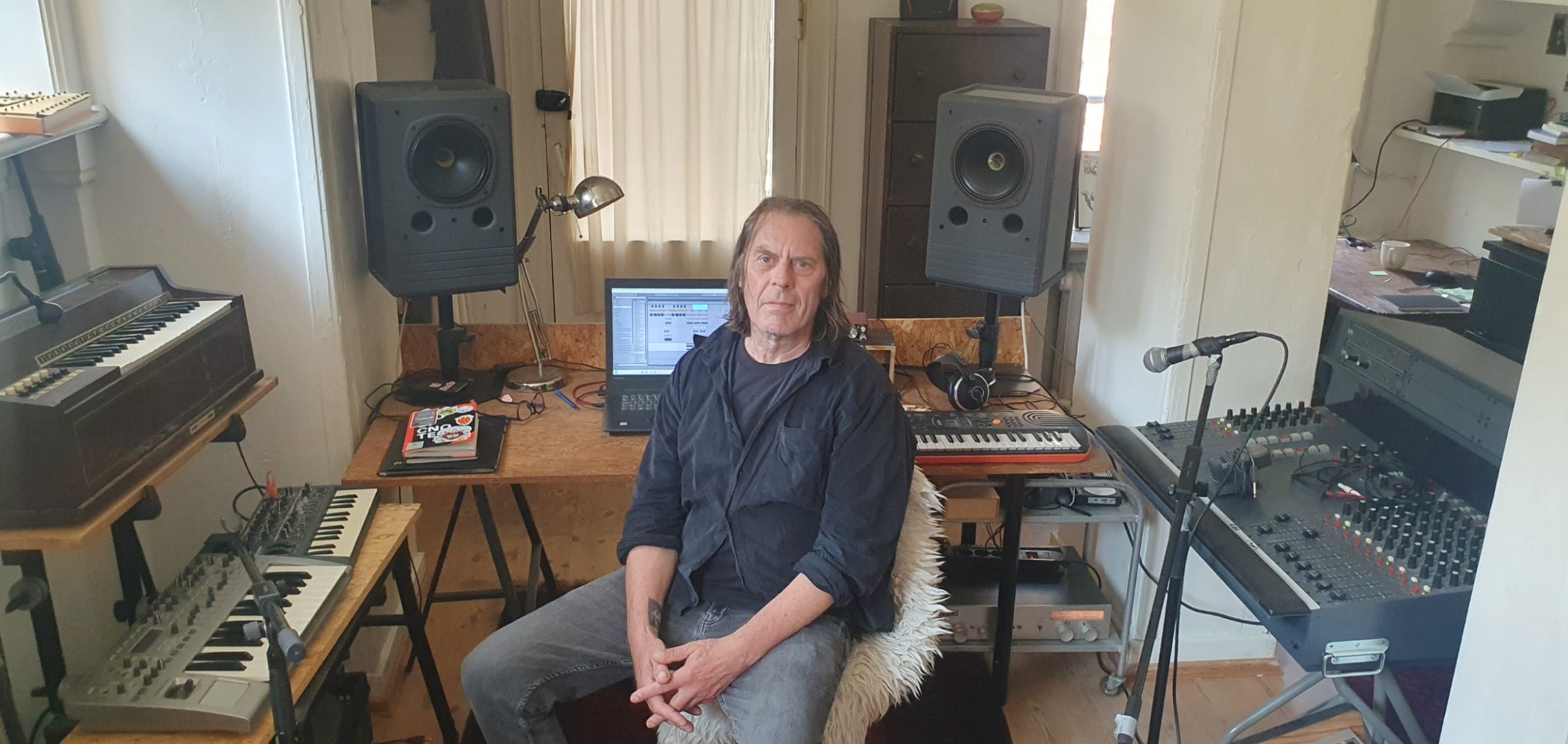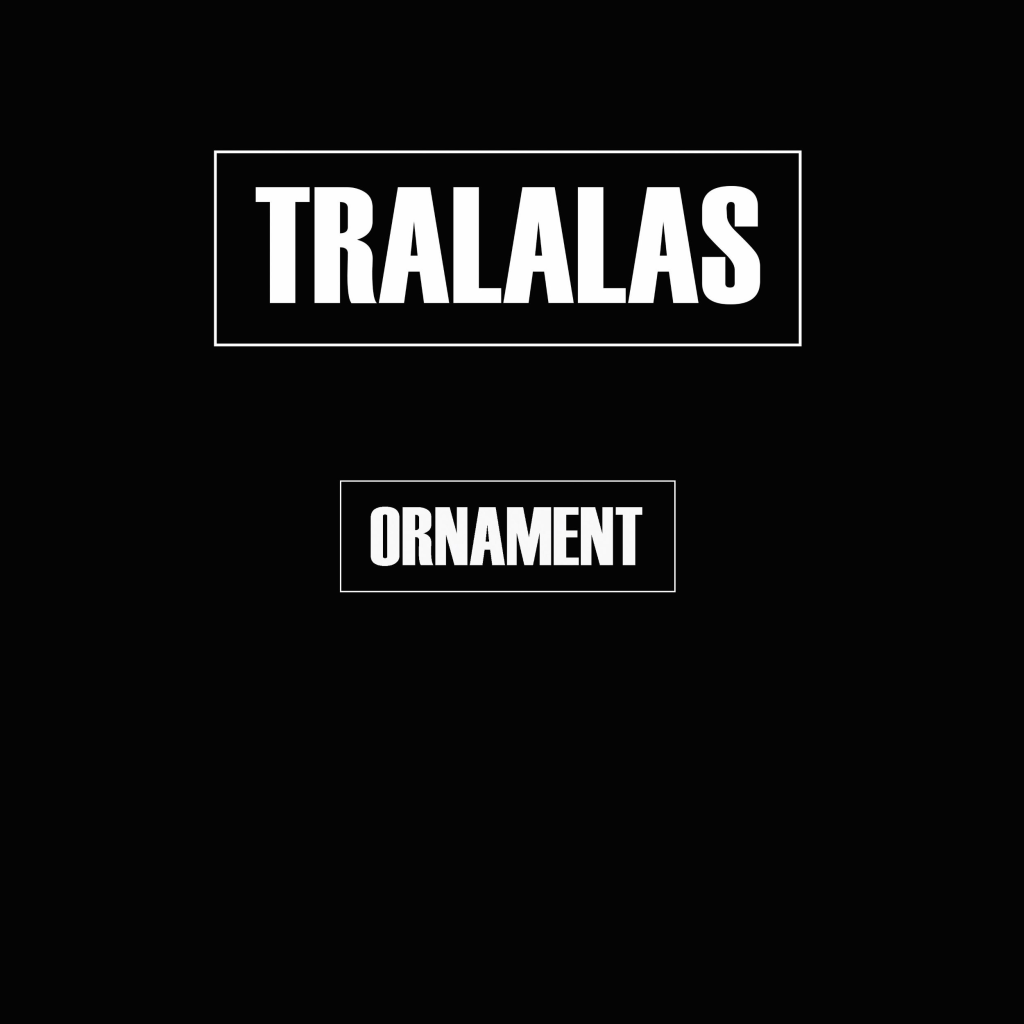Danish musician Morten Alsinger, known for his pioneering work in Denmark’s electro-punk underground during the 1980s and 90s, returns to the spotlight with Ornament, the debut album of his new solo project TRALALAS. Released through Aenaos Records, this nine-track collection is an elegant fusion of analog warmth, dark pop sensibilities, and existential reflection — a deeply personal statement from an artist rediscovering his creative core after years away from the spotlight.

At its heart, Ornament is about contrast — between fragility and strength, analog and modernity, beauty and melancholy. Alsinger’s music feels both intimate and expansive, as though written in the quiet corners of late nights but meant for timeless resonance. From the opening track, listeners are drawn into a sonic world that hums with authenticity — a sound shaped as much by human imperfection as by technical craft.
TRALALAS’ sound sits comfortably in a lineage of artists such as Nick Cave, Joy Division, Leonard Cohen, and Syd Barrett. Yet Alsinger doesn’t imitate; instead, he channels their emotional gravity into something distinctly his own. Songs like Winter on the Vine and Burns demonstrate this perfectly. The former, described by Akt Music as “a dark pop lament shrouded in analog beauty,” unfolds like a slow, cinematic meditation — vocals and synths intertwining in quiet restraint. Burns, meanwhile, uses minimal instrumentation to explore emotional elasticity, its strength lying in the subtle shifts that reveal the heart of Alsinger’s songwriting.
The production, handled by Thomas Li, is lush but never excessive. Recorded between 2024 and 2025 at Li’s Østerbro studio in Copenhagen, the album finds the perfect balance between analog grit and polished precision. Every sound feels deliberate — from the bass and guitar work of Thomas Golsen, to Francis Nørgaard Jensen’s restrained drumming, to Heidi Lindahl’s ethereal backing vocals that lend many of the tracks an almost ghostly tenderness. Lindahl’s presence, in particular, feels vital; her vocal harmonies provide a delicate counterpoint to Alsinger’s brooding tone, elevating the emotional texture of the record.

Musically, Ornament wanders through territories of dark pop, post-punk, and alternative folk, all united by a cohesive sense of melancholy beauty. Girl in the City introduces a faint trace of 1970s influence, reminiscent of the Walker Brothers or even early Marc Bolan, while other tracks lean toward minimal, introspective landscapes that wouldn’t sound out of place on a New Order B-side.
Lyrically, the album reflects on the fundamental cycles of loss and gain — the quiet weight of existence in a world preoccupied with speed and consumption. “I consider myself a melancholic and micro-ambitious artist who writes mostly about loss and gain,” Alsinger explains, and that ethos seeps into every note. There’s no grand concept behind Ornament; instead, it’s a collection of lived moments, observations, and emotional truths bound by a shared undercurrent of resilience.
What makes Ornament stand out isn’t just its songwriting or production — it’s the story behind it. After stepping away from music in 1996 to focus on family life, Alsinger’s return feels like a reclamation of purpose. Reignited by his collaborations with Lindahl and his later work as a volunteer in Copenhagen’s independent music scene, Ornamentemerges not as a nostalgic project, but as a continuation of a lifelong dialogue with sound.
The project’s name, TRALALAS, taken from Hubert Selby Jr.’s Last Exit to Brooklyn, captures the tension at the album’s core: the coexistence of pain and beauty, irony and sincerity. It’s a fitting name for a record that thrives on dualities — quiet yet powerful, old-school yet forward-thinking.
With Ornament, Morten Alsinger has crafted one of 2025’s most quietly affecting debuts — a masterclass in restraint, reflection, and rebirth. It’s a record that doesn’t demand attention but earns it, track by track, breath by breath.
Connect with TRALALAS on
